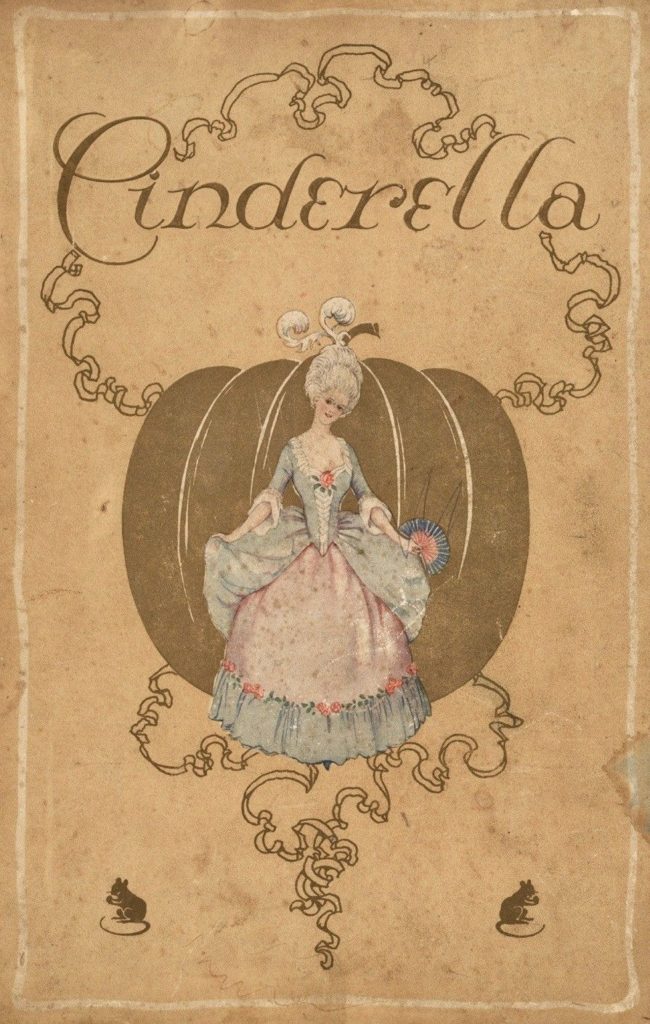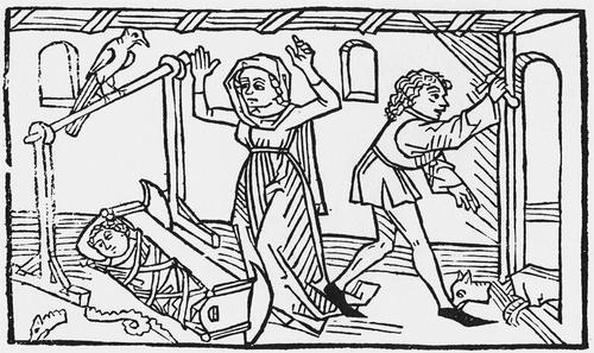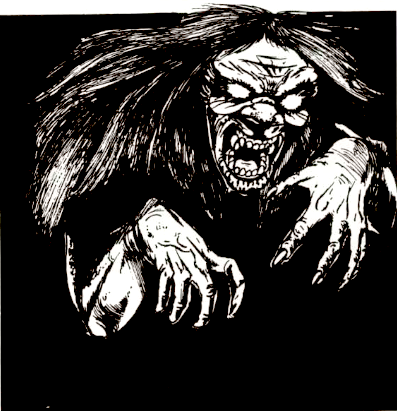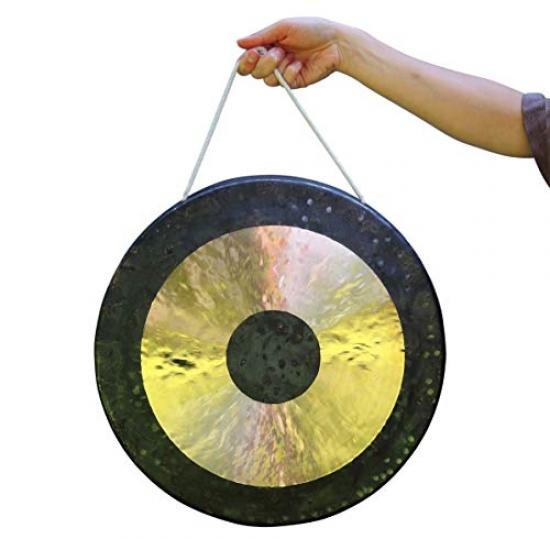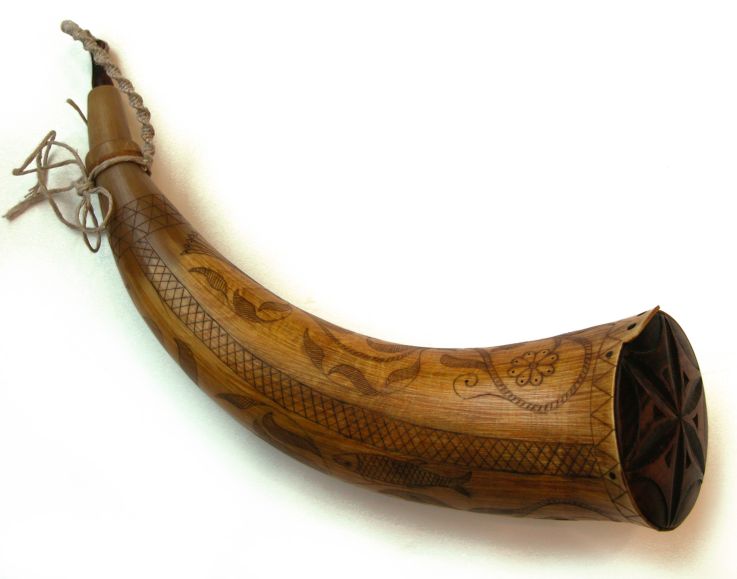Elfland’s Ethics & World-Building
Every roleplaying game is in some way didactic. How explicitly didactic varies considerably, of course. Some publishers are more subtle. Others wave high the flags of their biases. Still, the lessons about intended types of experiences seen proper to the game are there, spelled out or not. The same is at least just as true about campaign worlds.
Lately I’ve mused anew about the task of world creation, and so I asked myself, “What will the choices about what I included and exclude say about the world I intend?” This question necessarily shifts my focus to the metaphysical, at least implying questions about first principles. From metaphysics come consequences related to ethics. For example, a world created by two equal but diameterically opposed Deities says something about the way the creatures of that world ought to behave.
Needing to start somewhere, I did what I often do. I turned to G. K. Chesterton, specifically chapter four of Orthodoxy. From this chapter, I derive a few core principles for my world’s metaphysics. All quotes quote Chesterton.
1. Tradition Is Democratic. Democracy is “a consensus of common human voices”. Consensus has its Latin roots in the idea of a shared feeling, and common does not relate to social class but rather expresses what belongs to all. Thus, consensus is the common sense about things which are “universal human functions”, and this includes government.
Chesterton’s most amusing example of such a function is that of blowing one’s own nose. Forcibly expelling excess mucus from nasal passages is a thing that I ought to do for myself even if I’m not good at it. I shouldn’t trust the blowing of my nose to a class of expert nose-blowers. Tradition results from the cumulative weight of consensus. Tradition is “democracy extended through time”, and the person who wants tradition overturned appeals not to consensus but to aristocracy. The appeal is not to what is common, but to what is exclusive. As Chesteron famously puts it:
“Tradition means giving votes to the most obscure of all classes, our ancestors. It is the democracy of the dead. Tradition refuses to submit to the small and arrogant oligarchy of those who mere happen to be walking about.”
2. Fairy Tales Are True. “Fairyland is nothing but the sunny country of common sense.” Fairy tales transcend the natural and address the supernatural, which are those things that cannot be reasonably attributed to nothing but material causes. It is good that Jack kills the giant because the giant represents gigantic pride. Cinderella shows us that the humble shall be exalted, and that the exalted shall be humbled. Beauty teaches the Beast that he has to be loved before he can be loveable.
The natural world is rational and logical, but the brute fact of imagination shows that rationality and logic are not all there are. Rationality and logic discover cause and effect, and then posit laws regarding the relationship of one to the other. Imagination works this way as well, sort of. There are caused effects in fairy tales, but the relationship is strange. It is magic. Cinderella complaining that it makes no sense that her horses turn back to mice at midnight does not alter the timetable.
3. Conditional Joy Is a Doctrine. Tradition and magic impose limitations on actions, but those limitations are not shackles. If one is willing to forfeit the reward, one is free to transgress. Cinderella did not have to leave the party before midnight. She could have chosen to stay late, but the gifts she received from her fairy godmother will have left her at midnight regardless.
Liberty exists, but lawlessness is a fiction. Those who transgress against tradition and magic decrease joy and increase despair, even if the transgressor is not always the one who pays the price.
4. Materialism Is False. This fourth principle is a consequence of the first three (or, perhaps, the first three are a consequence of this one). If materialism is true, everything that is is just atoms, and everything that happens is just the unwilled interaction of atoms. Materialism proposes a dogma from which there can be no possible dissent. Even if I appear to dissent from materialist dogma, I do not, because my dissent itself is an unwilled effect brought about by an unwilled cause.
Materialism assumes too much by assuming that rationality and logic explain everything. This reduces everything to nothing more than cause and effect. Tradition becomes coincidence, and magic becomes absurd.
